| Home / Kia / List of Kia Rio Models without Timing Belt
The Kia Rio is a passenger car (B-segment in Europe) manufactured by the South Korean marque Kia Motors. It was launched in 1997 and replaced the Kia Pride / Avella, two Ford vehicles relabeled under the Kia brand. It has been sold in several body styles, being the sedan, hatchback and family format the most popular ones.
Historically, the Kia Rio has always been front-engined and front-wheel drive. Regarding engines, most models have inline 4-cylinder engines, both gasoline and diesel -although this trend is changing with the introduction of three-cylinder engines-. This vehicle has different names depending on the market in which it is marketed. In China, the Kia Rio is called the Kia K2. In fact, a crossover version called Kia 2 KX Cross is sold in that country. The same is true in Russia, where there is the Kia Rio X-Line, with a design also similar to the SUV.
The Rio competes with other inexpensive compacts in its segment. These include the Dacia Sandero, Dacia Logan, Citroën C3 and Chevrolet Aveo, among others. There have been a total of 4 generations of this car.

Kia Rio. Timing Belt or Timing Chain?
Down below you will see a list with all Kia Rio models that have been produced. They are classified by model identifier, year and type of bodywork. Above each list, we show you a series of pictures so that you can have a visual reference for each model. In some cases, both the original and its updated design are displayed to help you identify them with ease.
In this guide you will find all Kia Rio.
■ Timing Belt / Cam Belt (Correa / Faja de Distribución)
■ Timing Chain (Cadena de Distribución / Cadena de Tiempo)
■ Gear Driven (Distribución por Engranajes)
■ 100% Electric, No Timing (Sin Distribución)
■ Unknown / Not Updated (Información desconocida)
If a car model is specified in blue, it means its motor engine has a timing chain; that is, it has no timing belt. The rest of the vehicles marked in grey have a timing belt/cam belt.
Índice de Contenidos
Kia Rio I – First Generation (DC) (1999)
Sedan
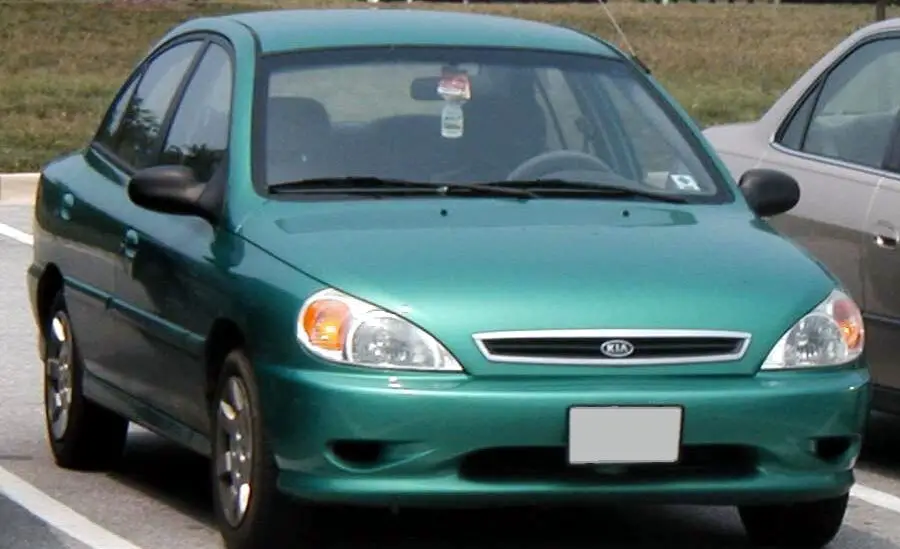



The first generation of the Kia Rio was only available in two different body styles: 4-door sedan and 5-door family car/station wagon. Both models measured exactly the same length. The agreement between Kia and Ford was still in force, so many of the engines fitted in these vehicles were shared with the Americans, who in turn also supplied them to Mazda through other agreements. No diesel engines were sold during this generation.
Diesel Engines
There are no diesel-engined versions of the Kia Rio Gen 1.
Petrol Engines
- A3E 1.3 75 CV (2000 – 2005)
- A3E 1.3 82 CV (2002 – 2005)
- A5D 1.5 95 CV (2002 – 2005)
- A5D 1.5 16V 97 CV (2002 – 2005)
- A5D 1.5 16V 98 CV (2000 – 2005)
Family Car / Station Wagon




Diesel Engines
There are no diesel-engined versions of the Kia Rio Gen 1.
Petrol Engines
- A3E 1.3 75 CV (2000 – 2005)
- A3E 1.3 82 CV (2000 – 2005)
- A5D 1.5 16V 97 CV (2002 – 2005)
- A5D 1.5 16V 98 CV (2000 – 2005)
Kia Rio II – Second Generation (JB) (2005)
The second generation Rio arrived in 2005. It shared a platform with the Hyundai Accent, Kia’s sister brand vehicle. These two cars also shared their three different engines. Kia put a lot of effort into this vehicle to make it really fuel efficient, as well as increasing cabin safety.
Hatchback

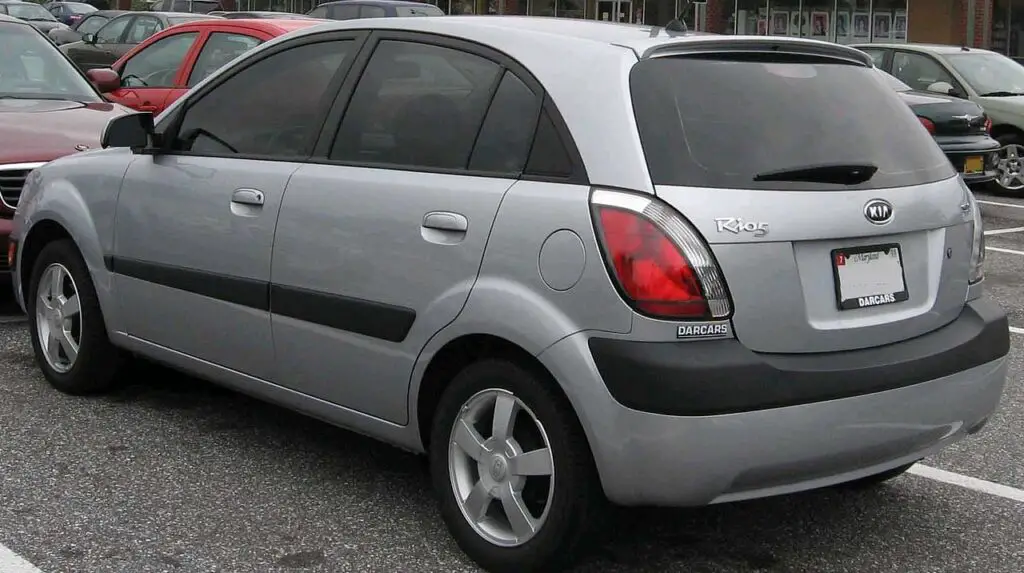


Diesel Engines
- D4FA 1.5 CRDi 88 CV (2008)
- D4FA 1.5 CRDi 110 CV (2005)
Petrol Engines
- G4EE 1.4 75 CV (2010 – 2011)
- G4EE 1.4 16V 94 CV (2005 – 2014)
- G4EE 1.4 16V 97 CV (2005)
- G4ED 1.6 CVVT 112 CV (2005)
Sedan
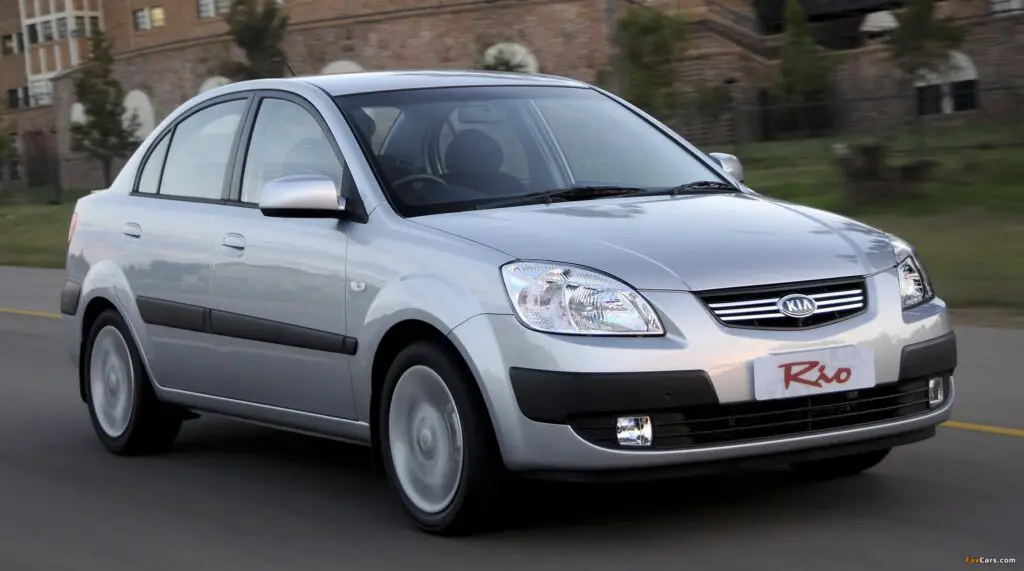
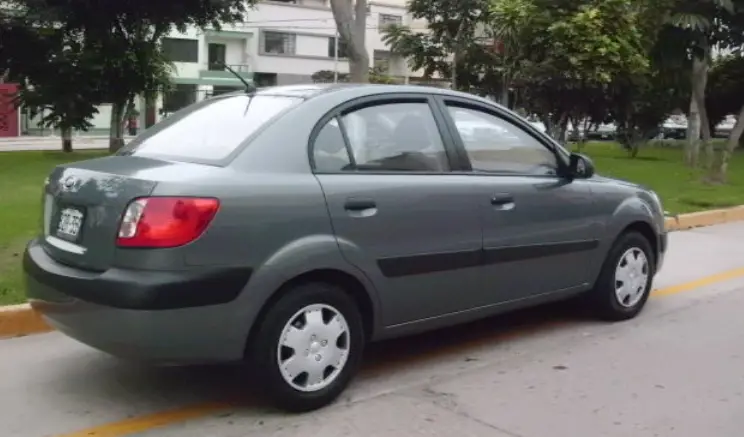
Diesel Engines
- D4FA 1.5 CRDi 88 CV (2008)
- D4FA 1.5 CRDi 110 CV (2005)
Petrol Engines
- G4EE 1.4 16V 94 CV (2005 – 2014)
- G4EE 1.4 16V 97 CV (2005)
- G4ED 1.6 16V 112 CV (2005)
Kia Rio III – Third Generation (UB) (2010)
The third generation Kia Rio has market distinctions. The global version is called ‘UB‘, and has both hatchback and sedan versions. It remains an Accent-based vehicle with Kappa and Gamma gasoline engines. The diesel versions are powered by the Hyundai U 3-cylinder and 4-cylinder in-line engines.
On the other hand, there were the ‘QB’ versions, intended for the Chinese and Russian markets.
Sedan


Diesel Engines
There are no diesel-engined versions of the Kia Rio Sedan Gen 3.
Petrol Engines
- G4LA 1.2 CVVT 84 CV (2014)
- G4LA 1.25 CVVT 86 CV (2011)
- G4FA 1.4 CVVT 107 CV (2011)
- G4FA 1.4 CVVT 109 CV (2011)
- G4FD 1.6 139 CV (2011 – 2016)
- G4FC 1.6 CVVT 123 CV (2012)
Hatchback




Diesel Engines
- D3FA 1.1 CRDi 75 CV (2011)
- D4FC 1.4 CRDi 90 CV (2011)
Petrol Engines
- G4LA 1.2 69 CV (2011)
- G4LA 1.2 CVVT 84 CV (2014)
- G4LA 1.25 87 CV (2014)
- G4LA 1.25 CVVT 86 CV (2011)
- G4LA 1.25 CVVT 88 CV (2011)
- G4LA 1.25 LPG 86 CV (2011)
- G4FA 1.4 CVVT 107 CV (2011)
- G4FA 1.4 CVVT 109 CV (2011)
- G4FC 1.6 CVVT 123 CV (2012)
Kia Rio IV – Fourth Generation (YB) (2010)
The fourth and current generation of the Rio uses the Hyundai-Kia GB platform. It was unveiled at the 2016 Paris Motor Show. The design of the new car was carried out at Kia’s design centers in California and Germany.
In the European market, the vehicle is only available in a five-door hatchback version, while the three-door (coupe) option has been discontinued. In other markets, such as North America, both the five-door hatchback and sedan versions are offered.
In Latin America, the Kia Rio Cross or Kia Rio Tonic, a crossover version of the same vehicle, is marketed.
Hatchback (YB, SC, FB)

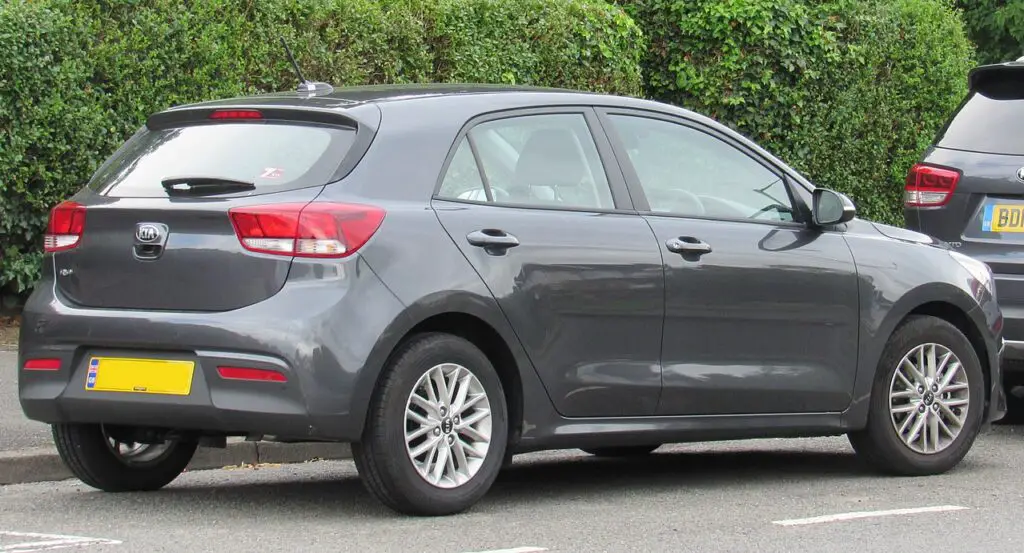
Diesel Engines
- D4FC 1.4 CRDi 78 CV (2017)
- D4FC 1.4 CRDi 90 CV (2017)
Petrol Engines
- G3LC 1.0 T-GDI 100 101 CV (2017)
- G3LC 1.0 T-GDI 120 CV (2017)
- G3LF 1.0 T-GDI 100 Eco-Dynamics+ 101 CV (2017)
- G3LF 1.0 T-GDI 120 Eco-Dynamics+ 120 CV (2017)
- G4LB 1.2 84 CV (2017)
- G4LF 1.2 CVVT 84 CV (2020)
- G4LB 1.25 84 CV (2017)
- G4LA 1.25 LPG 82 CV (2017)
- G4LC 1.4 99 CV (2017)
- G4LC 1.4 101 CV (2017)
- G4FG 1.6 121 CV (2017)
- G4FG 1.6 123 CV (2017)
- G4FG 1.6 130 CV (2017)
- F4FG 1.6 Flex 128 CV (2017)
- F4FA 1.6 Flex 131 CV (2020)
Sedan (SC, FB)


Diesel Engines
There are no diesel-engined versions of the Kia Rio Sedan Gen 3.
Petrol Engines
- G4LC 1.4 99 CV (2017)
- G4LC 1.4 100 CV (2017)
- G4FG 1.6 121 CV (2017)
- G4FG 1.6 123 CV (2017)
- G4FD 1.6 130 CV 2017)
